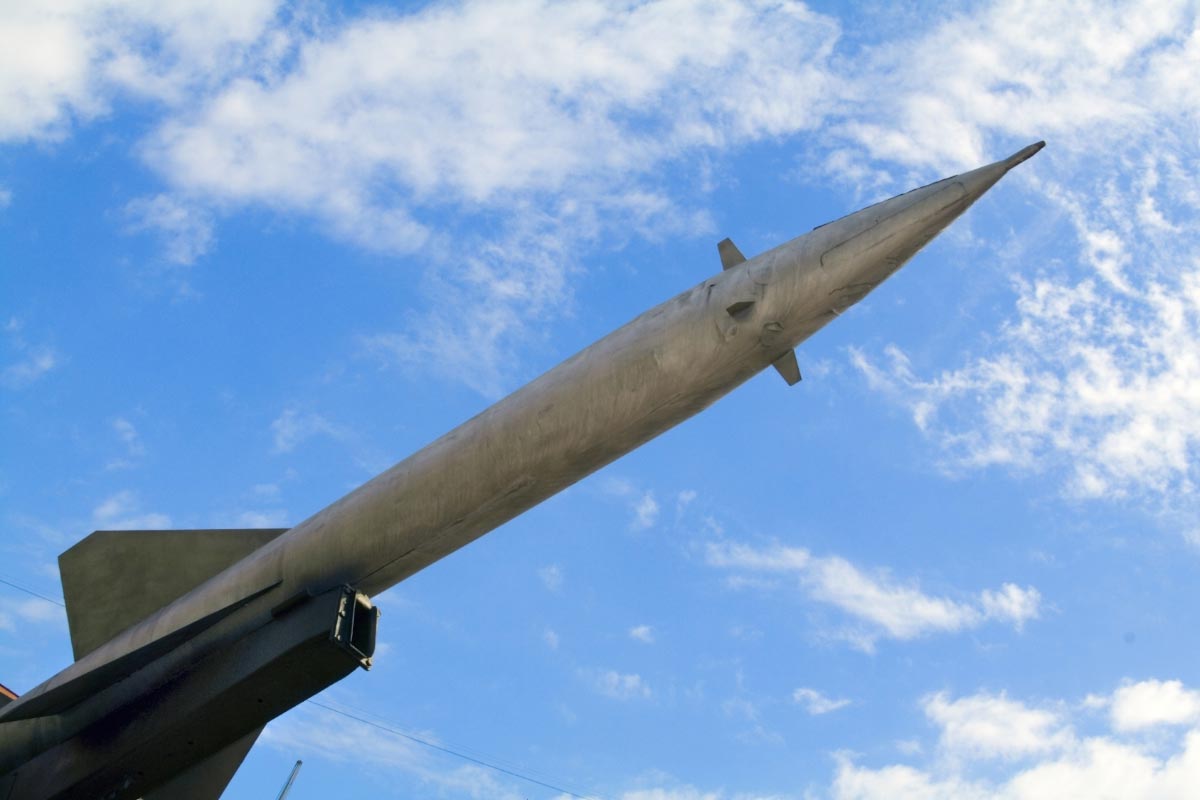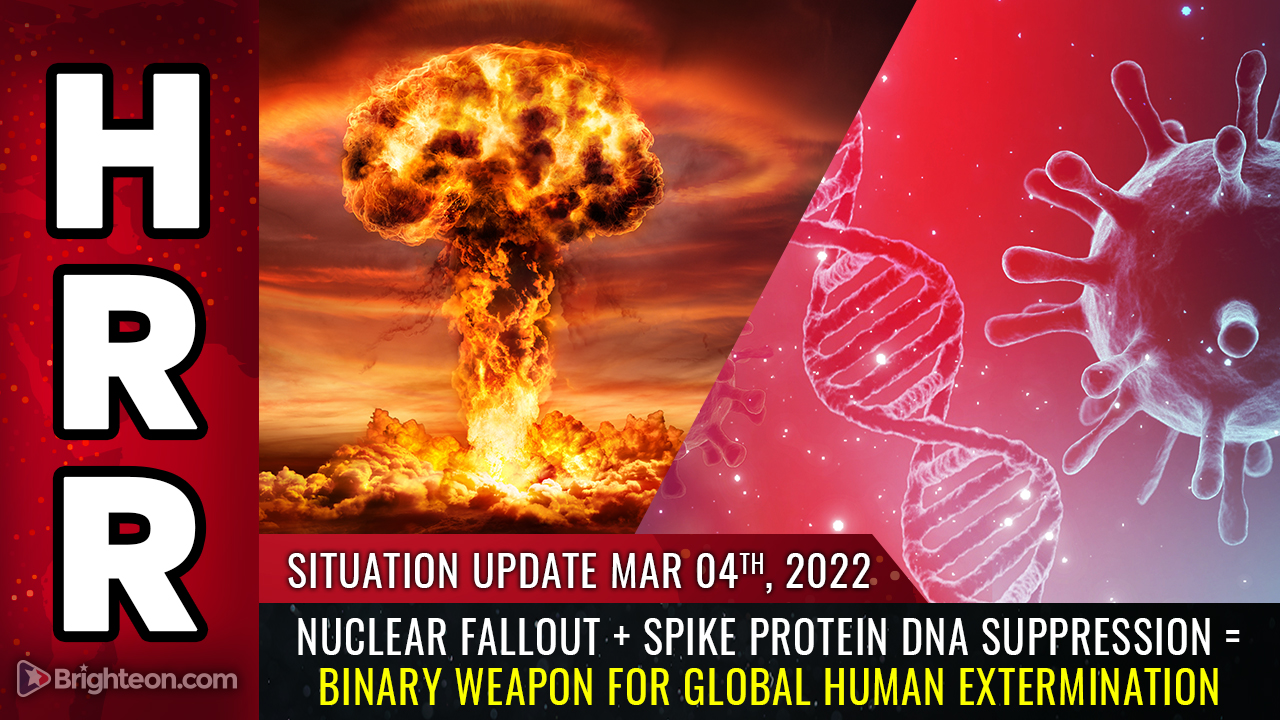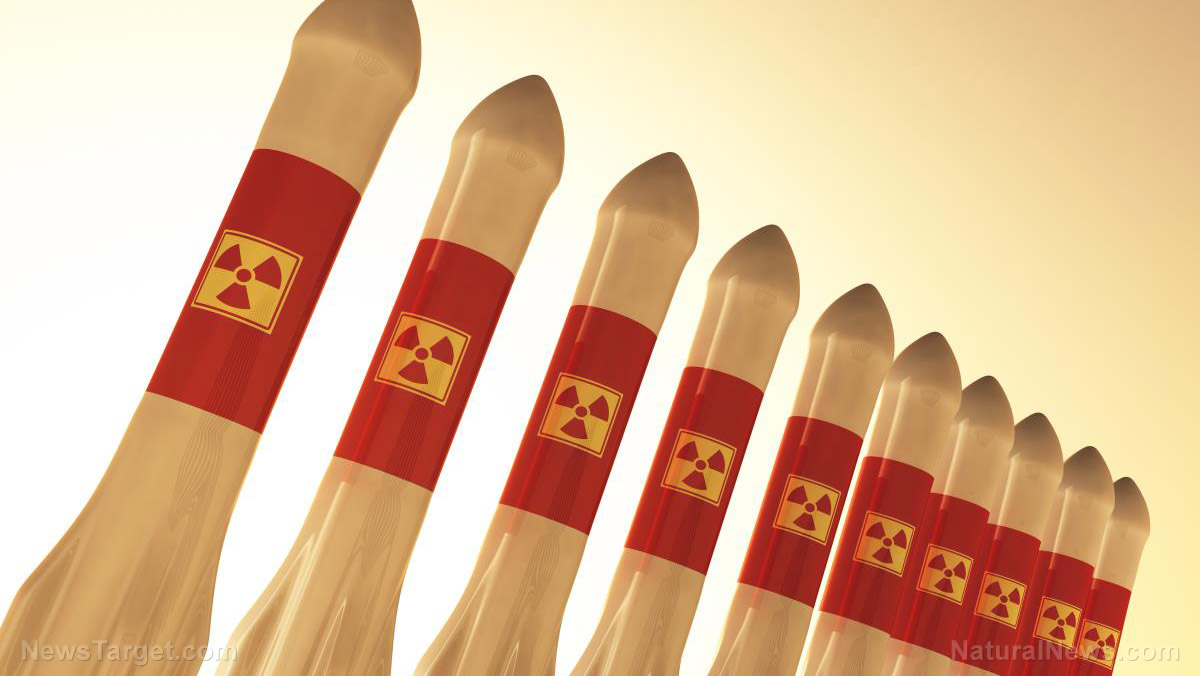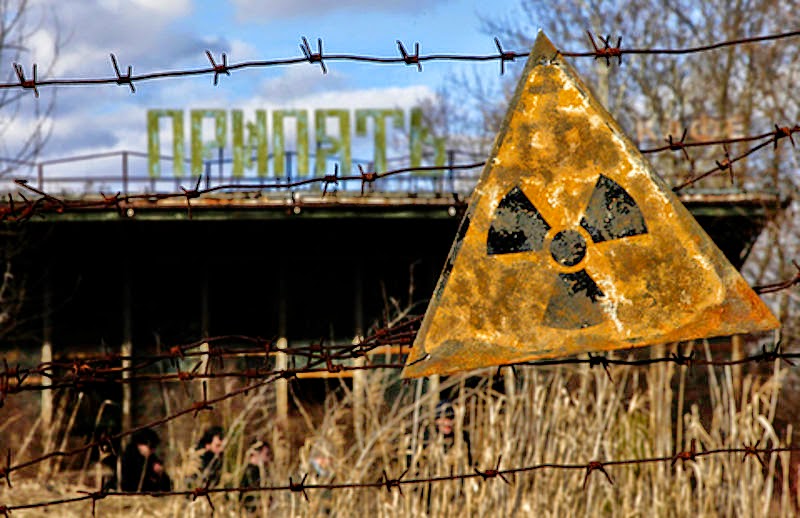CBRN defense and preparedness: How to be ready for a nuclear emergency
03/10/2022 / By Mary Villareal

Chemical, biological, radiological and nuclear (CBRN) defense is one of the most terrifying topics when it comes to emergency preparedness. It represents protective measures in situations where those hazards may be present.
Chemical, biological, radiological and nuclear hazards may be weaponized during war. However, this topic has not always been prioritized in the past because not many believe it is important.
With the horrific disasters that occurred at the Chernobyl nuclear power plant in 1986 and the Fukushima nuclear disaster in Japan in 2011, as well as the ongoing conflict in Ukraine, these potential hazards are lurking a little too close for comfort. (Related: A primer on the different types of nuclear weapons and how they affect humans and the environment.)
Here are some ways to get ready for a CBRN disaster:
Find protective suits and masks
Emergency preparedness planning is almost impossible if you can’t find a cost-effective way of protecting your family from the threat of CBRN. There weren’t very many options for CBRN protective suits and masks specifically made for children.
The only options were expensive solutions that were typically reserved for the children of the wealthy. Purchase high-quality hazmat suits and gas masks to protect your family from radioactive and other dangerous elements.
Build a CBRN kit
Build a CBRN kit for each of your family members. There may be some shared items, but it is good to store your CBRN kit in color-coordinated storage bins to keep all your home preparedness supplies organized.
Rather than storing everything in one large bin, modularize your family kit and have each member’s kit stored in their own insulated, reinforced bags labeled with ID tags. This will allow them to easily identify each member’s CBRN protective clothing in case of emergencies.
Some of the most important items include gas masks and full-face respirators, protective CBRN hazmat suits that are used extensively by major fire departments, major hospitals for emergency preparedness, major chemical companies for different exposures and most branches of the Department of Defense.
Boots are also good for protecting yourself from harsh environments, and rubber ones are good for chemical protection. Vulcanized rubber boots, specifically prevent seams from leaking and provide waterproof protection. Safety-resistant gloves should also be on the list as these could protect you from various hazardous materials and chemicals.
Iosat potassium iodine tablets could block radioactive iodine from being absorbed by the thyroid gland, which is the most sensitive to radioactive iodine. Each pack of iostat contains four tablets, which is enough to protect one person for two weeks. (Related: Nascent iodine preparedness pack launched by the Natural News Store; incredible value for storable iodine.)
Be ready in case of attacks or explosions
In case of a nuclear attack, find cover behind anything that offers protection. Do not touch your eyes, nose or mouth and make sure to lie face down to minimize the impact on exposed skin. If you are in a vehicle at the time of a blast, duck down within the vehicle and wait until the shock wave passes before you move indoors.
Maintain your distance from others and have a mask on if you’re in a shelter with others outside of your household.
Once the attack passes, remove the outer layer of your clothing to get rid of the radiation you’re exposed to. Wash your skin and hair with soap or water. Even wet wipes or clean wet cloth can be used if there are no water sources nearby.
Don’t consume any food or water that was left uncovered or exposed to radiation. Instead, make sure that you consume only packaged food from inside the building to minimize radiation exposure.
Hoarding essential items when not in need will not help you, and will only add to the chaos and inflation. For those who believe they can be under threat, it is essential to stock up on supplies early to make sure that there is enough for the whole family.
More related stories:
How to survive when the sun doesn’t rise: sustainable food preparedness during a nuclear winter.
Prepping basics: How to prepare for a nuclear attack.
What is a preparedness audit and why do you need one?
Disaster preparedness: 4 Levels of disasters and how to prepare for each one.
Chaos is a certainty: The lack of preparedness among city people is truly horrifying.
Watch the video below to learn more about preparing for and surviving a nuclear attack.
This video is from The Urban Prepper channel on Brighteon.com.
Follow Preparedness.news for more SHTF survival tips.
Sources include:
Submit a correction >>
Tagged Under:
bug out, CBRN defense, Collapse, disaster, emergency preparedness, homesteading, nuclear attack, nuclear war, off grid, preparedness, prepper, prepping, radiation, self-defense, SHTF, survival, survival gear, survival medicine, Survival Tips
This article may contain statements that reflect the opinion of the author
RECENT NEWS & ARTICLES
COPYRIGHT © 2017 NUCLEAR NEWS



















